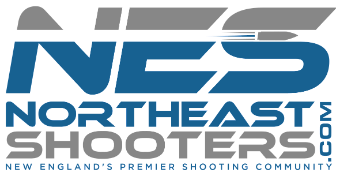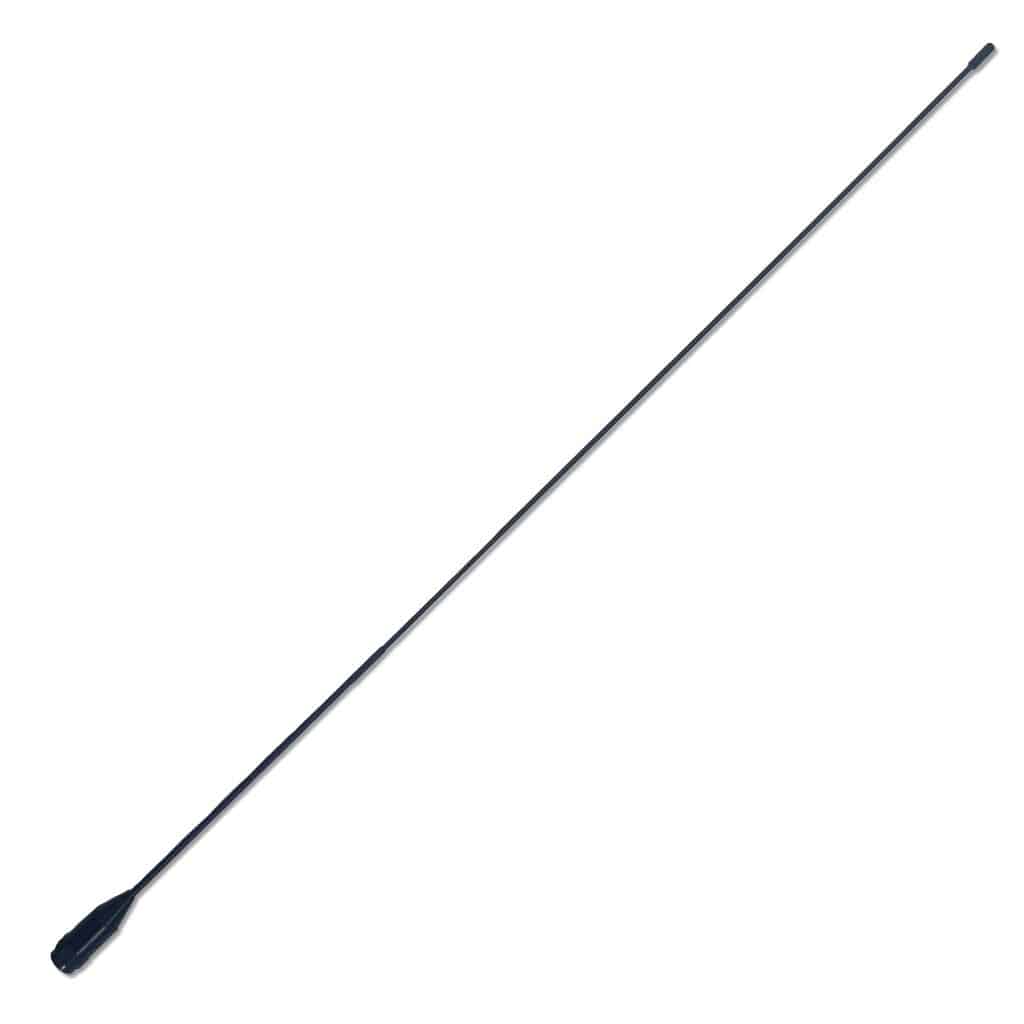ToddDubya
NES Member
I got out with the Venus SW-3B and mag loop for a little riverside fun this afternoon. I had a little trouble on 20m where the reverse beacon network was spotting me at a very different frequency than I was transmitting at, like 600 Hz. So everyone was coming back way off. Eventually I got QRM'd to death by what sounded like SSTV, which shouldn't have been in the CW portion of the band, but that's what it sounded like. I moved to 30m and it treated me well.
At some point I'll have to check it and see if it's transmitting off frequency or it was just bad luck. It wasn't RIT or XIT; I did check that. 30m matched up just fine.
The mag loop is certainly no good for search and pounce type operating, but if you're going to sit on a frequency it's really handy. Setup is fast and it's relatively quiet. I just set it up on a cheap camera tripod I modified to fit it, and it sits right next to me. No stringing up wires or anything like that.
Edit: I checked today into a dummy load and it showed up dead nuts on my waterfall. I'm not sure what the deal was yesterday.
At some point I'll have to check it and see if it's transmitting off frequency or it was just bad luck. It wasn't RIT or XIT; I did check that. 30m matched up just fine.
The mag loop is certainly no good for search and pounce type operating, but if you're going to sit on a frequency it's really handy. Setup is fast and it's relatively quiet. I just set it up on a cheap camera tripod I modified to fit it, and it sits right next to me. No stringing up wires or anything like that.
Edit: I checked today into a dummy load and it showed up dead nuts on my waterfall. I'm not sure what the deal was yesterday.
Last edited:








